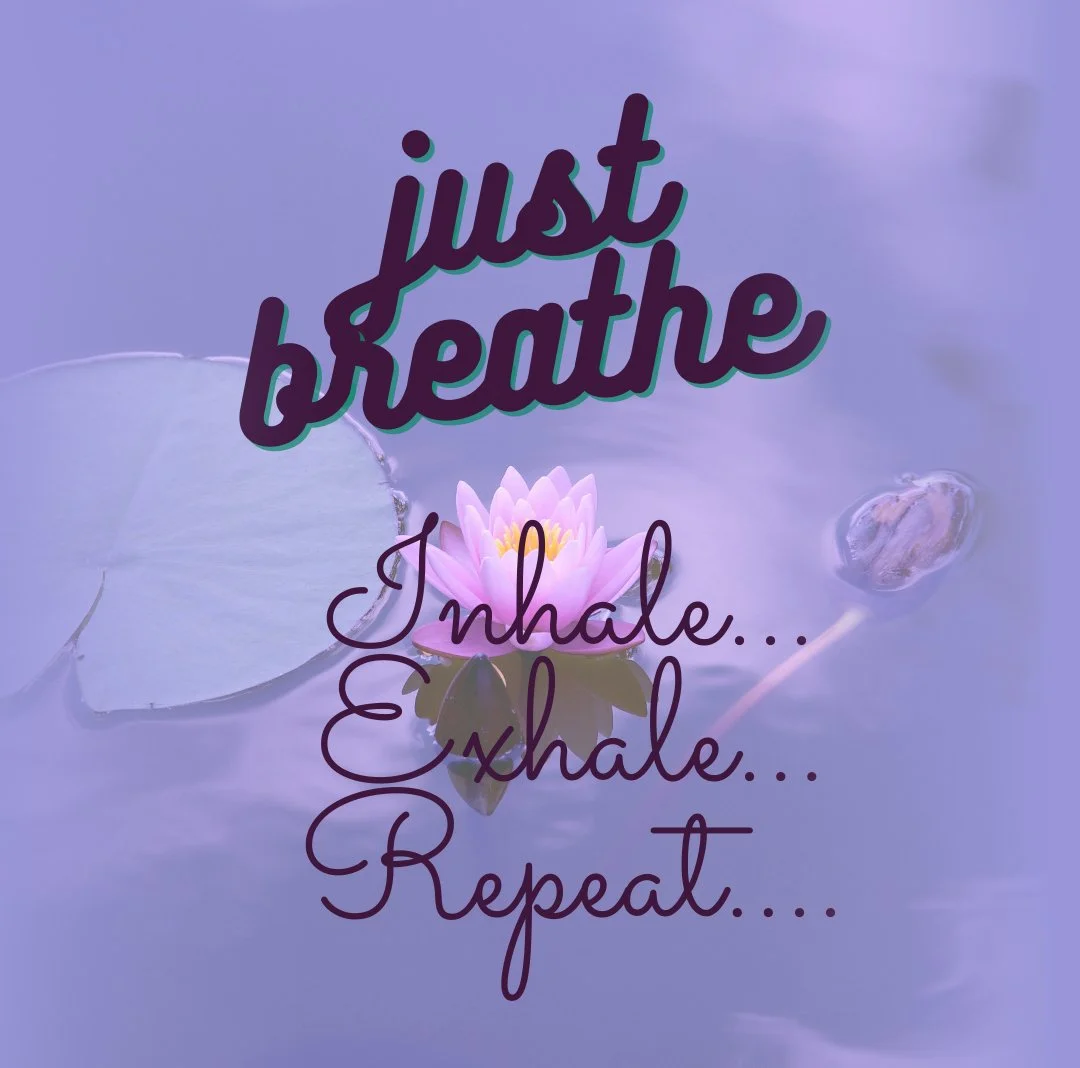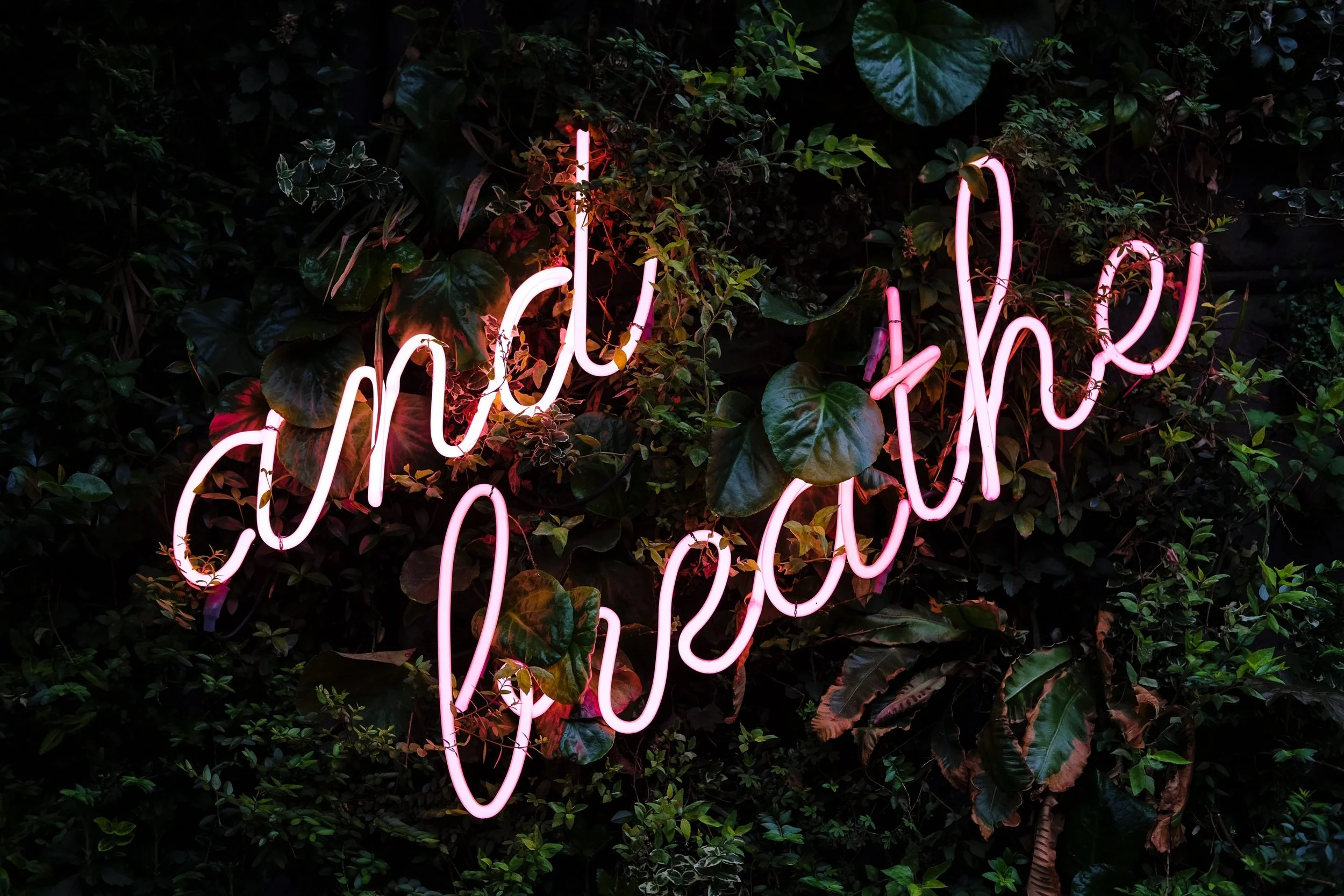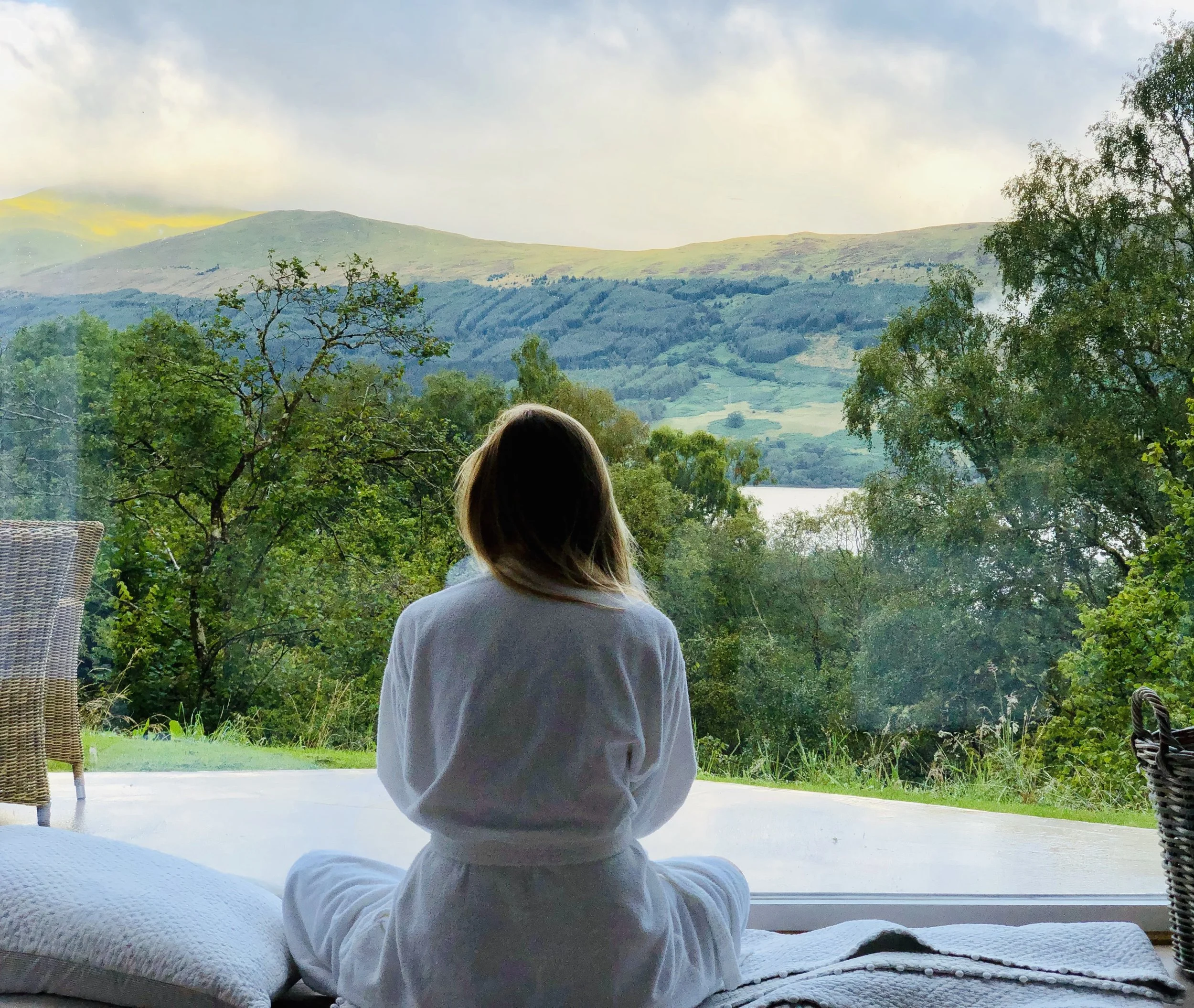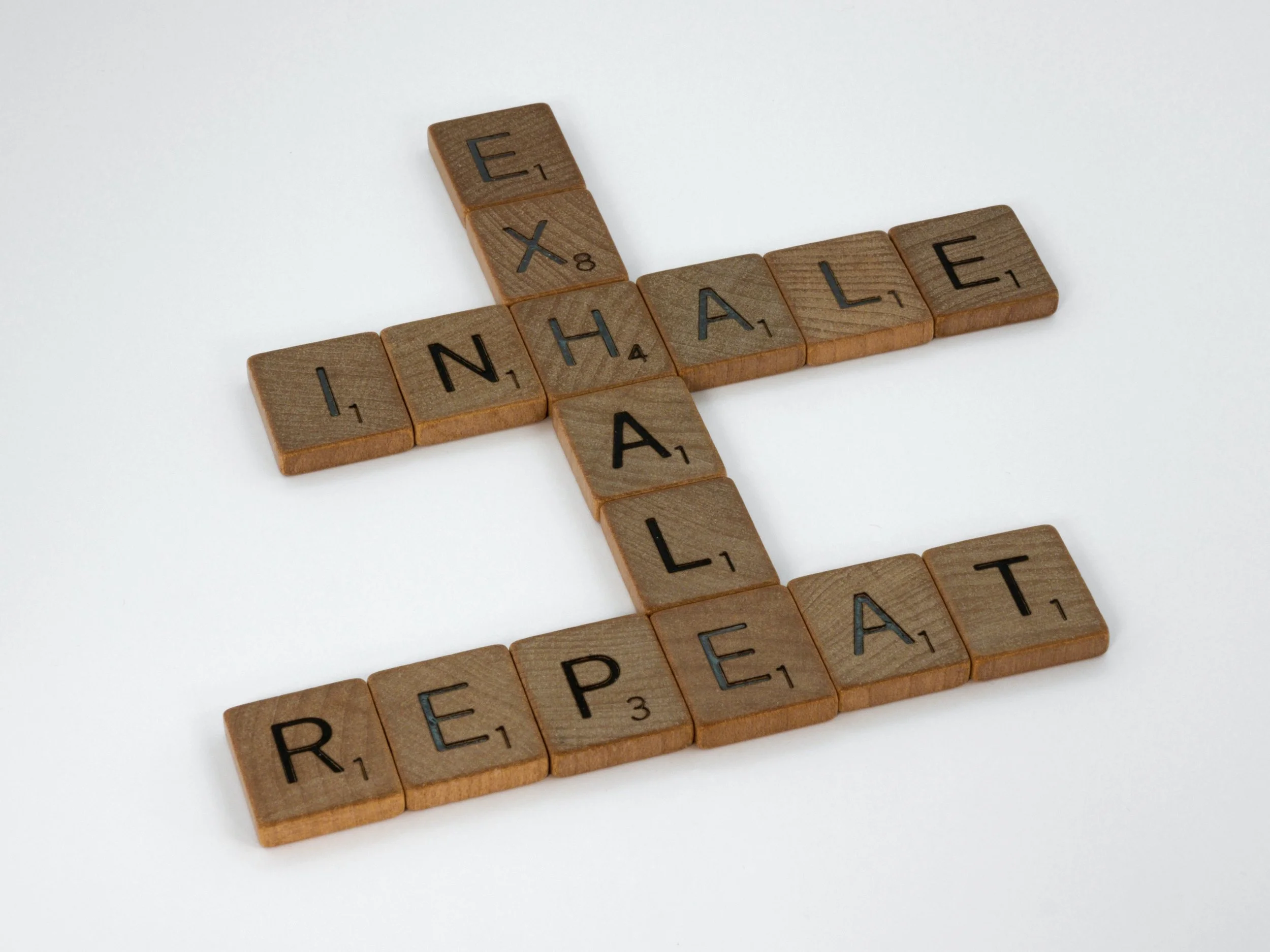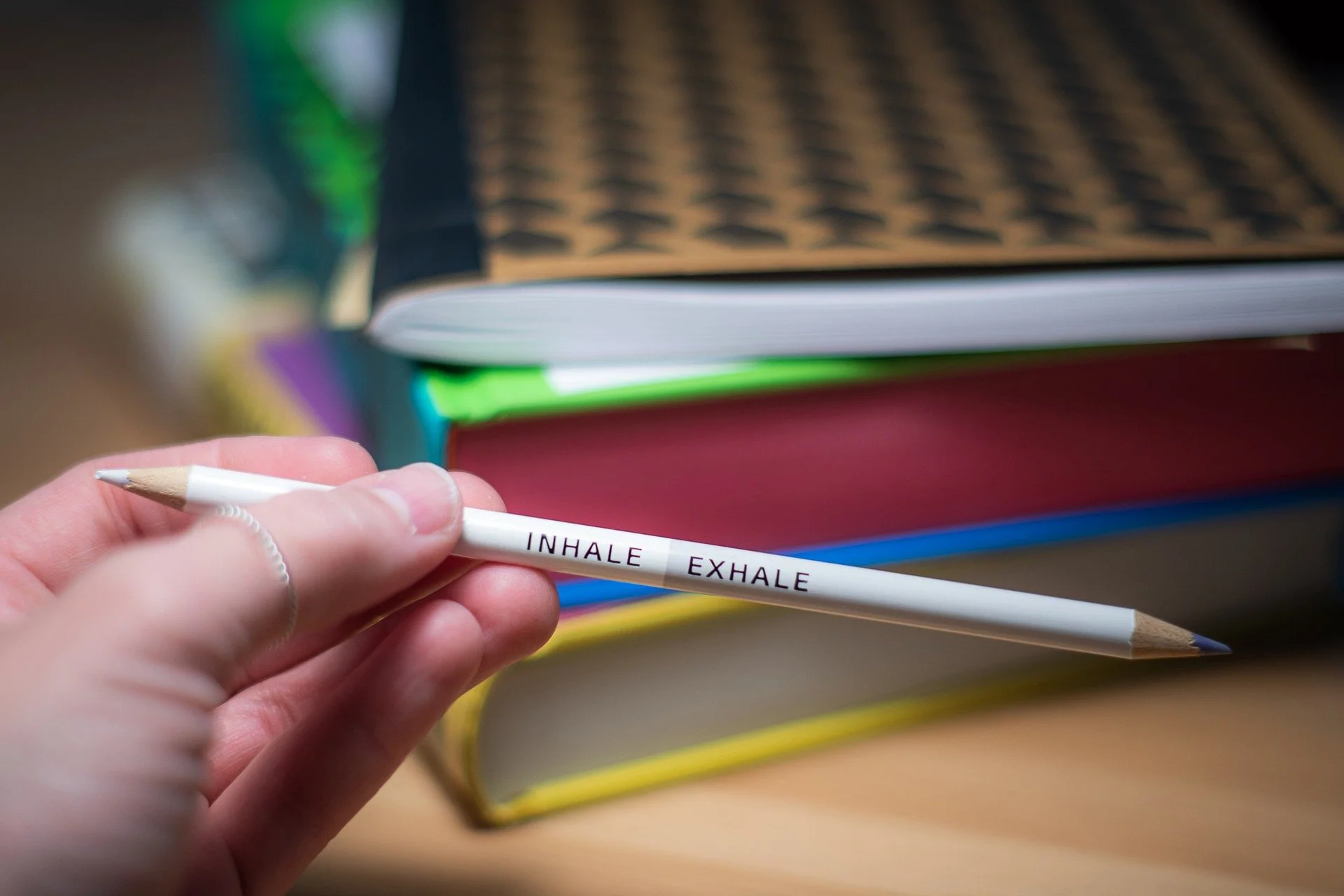Just Breathe… 3 Short Breath Practices to Ease Stress and Anxiety
“There’s no single more powerful or
simpler daily practice to further your health
and well-being than breath work.”
Andrew Weil
Just breathe! How many times have you heard that? I know I say it often. We hear this a lot when we’re stressed - just breathe! There’s a reason for that; connecting with the breath really works. It will be more effective, though, if you practice it on a regular basis (daily!), even when in a relaxed state.
Our breath is the one constant throughout our entire life. The first thing we do when we’re born is take a breath (inhale), and the last thing you’ll ever do on this earth is breath out (exhale). Inhale, exhale, repeat…that’s it. You can think about each inhale as a new beginning and each exhale as a letting go. Each new breath is a chance to start again. Isn’t that cool?
There’s so much good news about our breath including that it’s automatic, meaning we don’t have to think about it, it just happens, and we have complete control over it when we need/want to. That means when we’re stressed our breath is a tool we can use to calm down the nervous system or help energize the system if it’s necessary. And they really work.
How do I know breath practices work? Because I use them regularly and have first-hand experience. Years ago I was diagnosed with a panic disorder and had terrifying panic attacks regularly. For many years I took medication to help me stay calm and to help me sleep. I still have feelings of anxiety and occasionally when really stressed feel the sensations of a panic attack, but since starting daily regular exercise, yoga, journaling, and other mindfulness practices, I don’t experience them nearly as intensely as I used to and no longer need medication. Breath practices are key to keeping me calm in really stressful situations.
I’d like to share 3 breath practices that I do regularly. They don’t take long and, if you practice them regularly, over time you’ll learn to connect to your breath frequently throughout the day and you’ll notice a real difference in how your nervous system responds.
Something to consider: I recommend you first try these practices when you’re in a relatively calm state. Trying a new breath practice when you’re in the middle of a panic attack can cause some people to become more anxious as they become more stressed trying to focus on mastering their breathing. It’s always a good idea to add breath practices into your daily self-care routine. Then it will become more natural and effective.
1) Simple Breathing Practice
This practice is something you can do any time of day and as often as you want. You can stand up, sit down, or do it on the couch or in your bed. As with all the practices suggested, if it makes you feel more anxious then stop for now and try again another time. This is a great practice to do as you’re getting ready to meditate.
Once you are settled in a comfortable position, lower your gaze or close your eyes and begin to notice your breath. Do a brief body scan and note how you are feeling at the start of your practice.
Inhale slowly and deeply through your nose.
Exhale slowly through your mouth. As you’re exhaling, you can purse your lips or making them into a small “o” shape. Try and relax your jaw. You’ll hear a soft whooshing sound of the air passing through your mouth.
Repeat the above for a few minutes.
When you’re finished, take another moment or two to briefly scan your body again. How do your breath and body feel?
2) Coherent (deep) Breathing
Coherent breathing involves taking long slow breaths at the rate of approximately 5 per minute. You don’t need to get that precise with it, just keep in mind that breaths are long, slow and even. It is a beautiful, simple practice for calming the autonomic nervous system and it’s one I often do in bed to help me get to sleep.
You can sit for this practice, but my favourite way to do it is lying down.
Gently breathe in through your nose (keeping your mouth closed) and count to 6* as you inhale. *Note: If 6 is too much, then reduce the number to 5 or 4.
Exhale to a count of 6* through your nose.
Continue for 5-10 minutes.
Take a few minutes to notice the effect of this practice on your body.
3) Box Breathing (4x4 breathing)
This practice is very easy to learn and is often used with children as well as adults. Just by counting breaths in this rhythmic fashion you’re sending calm to your body. It’s almost like following along with the beats of a song.
Once you’re settled in any comfortable position, inhale and exhale a few times regularly and then when you’re ready, on an exhale count of 4 as the breath is moving through your nose.
Pause for a count of 4.
Inhale to a count of 4.
Pause to a count of 4.
Exhale to a count of 4.
Continue in this pattern and visualize a box pattern in your mind.
A final note: I recommend that you try these practices and then get out your journal and write down your thoughts and feelings while the experience is still resonating with you.
I hope you’ll give those three breathing practices a try. Which one is your favourite? I’d love to know. There are of course many other very effective ways to use the breath and we’ll explore those in the future.
———
I’d love to hear from you so please send any comments or questions to me at sharon@sharonashtonmindfulyoga.com. Feel free to share this email with anyone else who may be interested.
Please check out my podcast here:
What is stopping you from living your best life? Get out your journal and a pen and take the new quiz on my website to find out:
Are you interested in learning more about life change & mindset coaching from a mind/body perspective? Please email me at sharon@sharonashtonmindfulyoga.com for more information or to schedule a free introductory consultation to see if coaching is right for you. You can also visit my website coaching page.
"I felt at complete ease with Sharon from our first conversation. She has a wonderful, gentle but firm way that made me focus on my thoughts / feelings so I could remove / change to move forward with a completely different feeling to what felt like obstacles. It was great having regular coaching that gently kept me accountable to actioning and moving towards my goals. Sharon has vast experience in so many areas, I felt that makes her an amazing coach.”
— Michelle Carney, East Galway, Ireland
You can access your free Find Your Inner Coach Guide including a guided visualization and journal prompts here:
If you’re interested in more inspiration and community around positive mindset, slow mindful yoga, meditation and mindful writing practices, come join our private Facebook group here:

